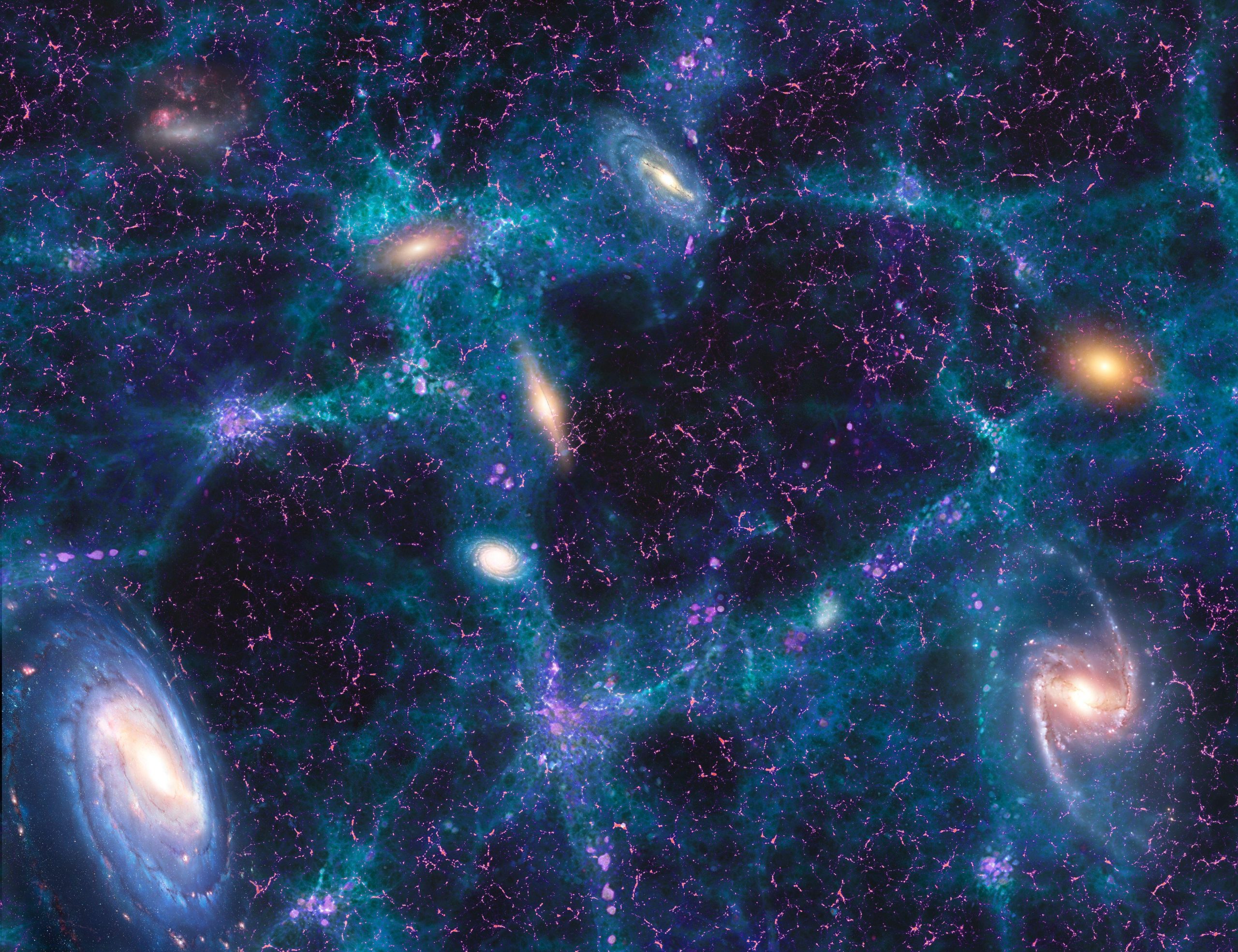The Stars that light up our night sky have captivated human imagination for centuries. Their twinkling beauty is only the beginning of their story. In “The Universe Episodes,” viewers are taken on a remarkable journey to explore the formation, evolution, and ultimate fate of Stars. The series explains the complex processes that govern the life cycles of these luminous celestial objects, revealing the delicate balance of forces that create, sustain, and destroy them. By blending scientific insights with stunning visuals, the episodes bring the universe of Stars to life for audiences of all ages.
The Birth of Stars
The birth of Stars begins in vast clouds of gas and dust called nebulae. Within these nebulae, regions of higher density experience gravitational collapse, gradually forming a protostar. “The Universe Episodes” captures this dramatic process with captivating imagery, showing how Stars emerge from seemingly chaotic clouds into shining celestial bodies. During this early stage, nuclear fusion begins in the core, marking the star’s transformation from a protostar to a main-sequence star. Understanding how Stars are born allows viewers to appreciate the immense time scales and physical forces involved in shaping the cosmos.
Main-Sequence Stars and Their Stability
Once a star reaches the main sequence phase, it spends the majority of its life fusing hydrogen into helium in its core. This stage is characterized by stability, where gravitational forces are perfectly balanced with the outward pressure from nuclear fusion. “The Universe Episodes” explains how this balance sustains Stars for millions to billions of years, depending on their mass. Smaller stars, such as red dwarfs, burn slowly and can last for trillions of years, while massive blue stars burn hotter and exhaust their fuel quickly. The series emphasizes the diversity of Stars and how their size and composition determine their lifespan and ultimate fate.
The Life Cycle of Massive Stars
Massive Stars lead short but dramatic lives. They consume their fuel at incredible rates, producing heavier elements in their cores through nuclear fusion. “The Universe Episodes” details how these stars eventually exhaust their hydrogen, leading to a series of complex transformations. Some expand into red supergiants before exploding in supernovae, dispersing elements across the galaxy. These cataclysmic events not only mark the death of massive Stars but also seed the cosmos with the materials needed to form new stars and planets. The series illustrates how the life cycle of Stars contributes to the ongoing evolution of the universe.
The Role of Stars in the Universe
Stars play a fundamental role in shaping galaxies and the universe itself. Their gravity influences the motion of surrounding celestial bodies, while their light provides the energy necessary to sustain life on planets like Earth. “The Universe Episodes” explores how clusters of Stars form galaxies and how supernovae create shock waves that trigger the birth of new stars. By studying Stars, scientists gain insight into the history of the universe and the processes that govern cosmic evolution. The series demonstrates that Stars are not isolated objects but active participants in the grand cosmic dance.
The Death of Stars and Stellar Remnants
The death of Stars varies based on their mass and composition. Smaller stars gradually shed their outer layers, forming beautiful planetary nebulae, while leaving behind dense cores called white dwarfs. Massive Stars, however, end their lives in explosive supernovae, sometimes collapsing into neutron stars or black holes. “The Universe Episodes” provides a vivid portrayal of these endings, emphasizing that even in death, Stars contribute to the creation of new celestial structures. This cycle of birth, life, and death shows that the story of Stars is continuous, shaping the universe over billions of years.
Stellar Nurseries and Star Clusters
Many Stars are born in clusters, forming what astronomers call stellar nurseries. These regions, dense with gas and dust, produce multiple Stars simultaneously, often resulting in spectacular celestial formations. “The Universe Episodes” captures the beauty of these nurseries, illustrating how interactions between young Stars can influence their development and the surrounding environment. By observing these clusters, scientists learn about the processes that govern star formation, helping us understand the intricate life cycles of Stars and the forces that govern the universe.
Stars as Cosmic Timekeepers
Stars also serve as cosmic timekeepers, helping astronomers measure distances and ages across the universe. By analyzing the light emitted by Stars, scientists can determine their composition, temperature, and age. “The Universe Episodes” explains how this information allows researchers to map galaxies, trace the evolution of the universe, and understand the history of cosmic events. Through careful observation of Stars, humanity gains insight into both the past and future of the universe, connecting us to the vast cosmos in ways that are both scientific and deeply inspiring.
Inspiring Wonder and Discovery
At its core, “The Universe Episodes” is not only educational but also a source of inspiration. Stars evoke curiosity and wonder, encouraging viewers to look up at the night sky and contemplate the vastness of the universe. By exploring the life cycles of Stars, the series reminds us of the interconnectedness of all matter and energy in the cosmos. The glowing points of light that fill the sky are more than distant objects; they are active participants in the story of the universe, constantly shaping and reshaping the cosmic landscape.
In conclusion, “The Universe Episodes” provides an extraordinary journey into the world of Stars, exploring their formation, evolution, and death with clarity and beauty. By examining the life cycles of Stars, the series illuminates their central role in the universe, showing how they contribute to cosmic evolution, galaxy formation, and the creation of new celestial structures. Through stunning visuals and insightful explanations, viewers gain a deeper appreciation for the Stars that have fascinated humanity for millennia, understanding that these celestial wonders are both timeless and essential to the story of the universe.
